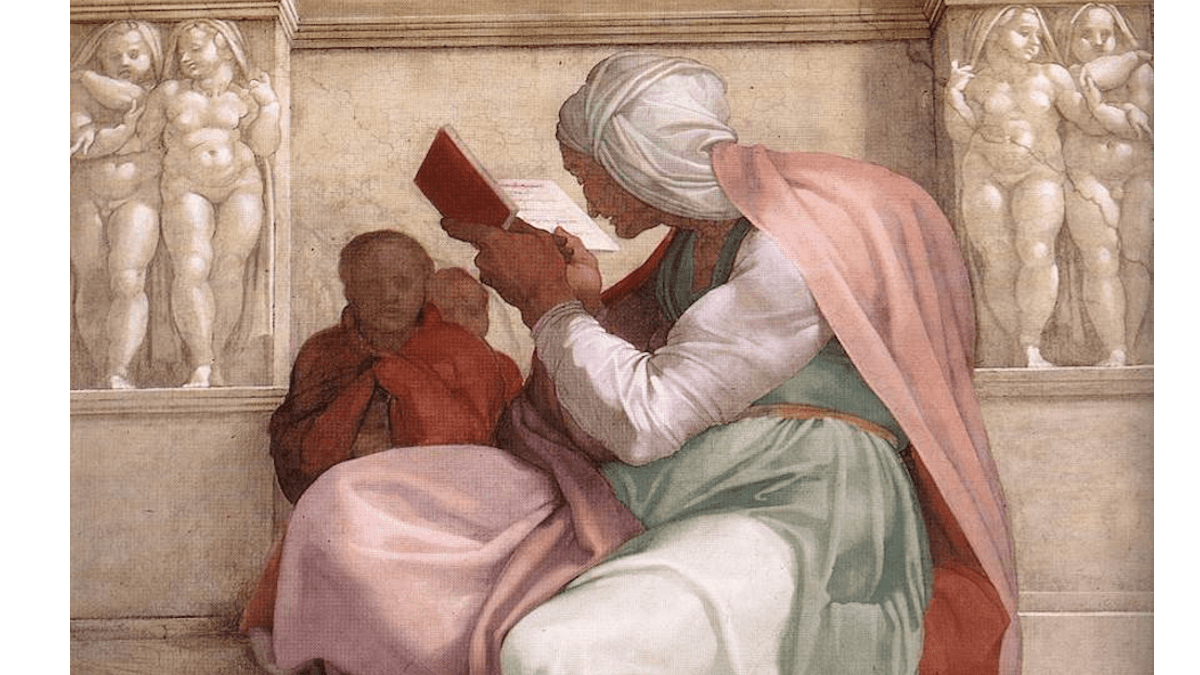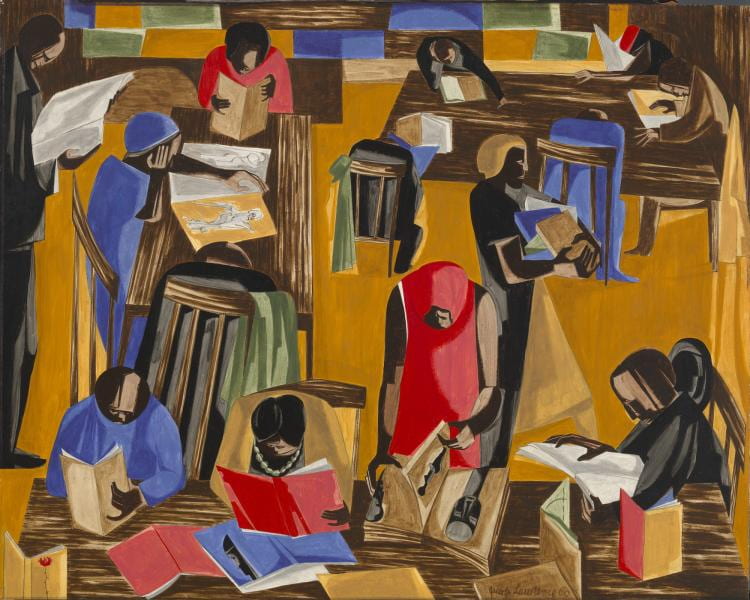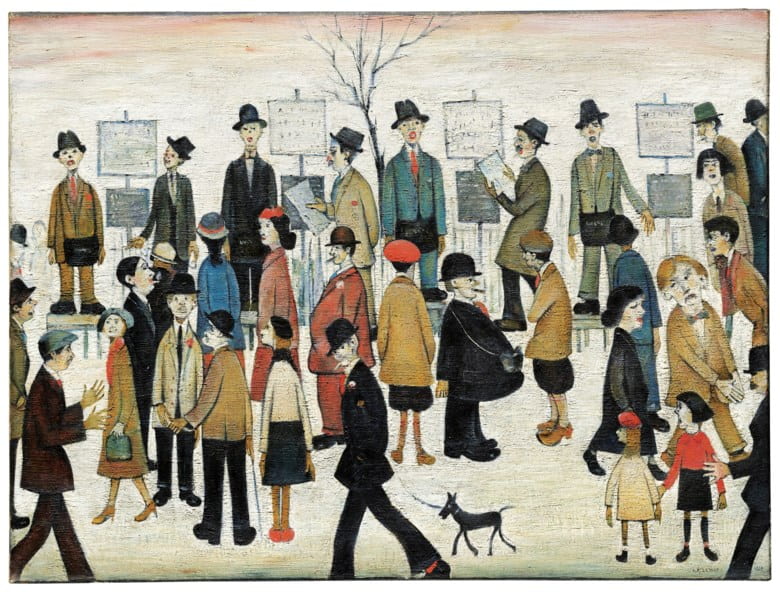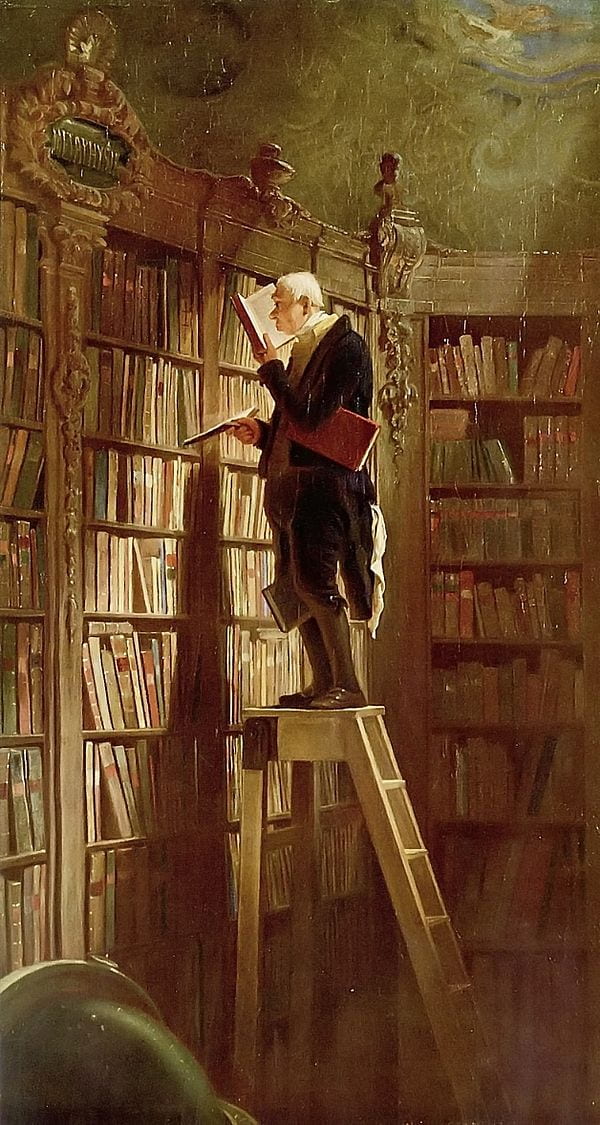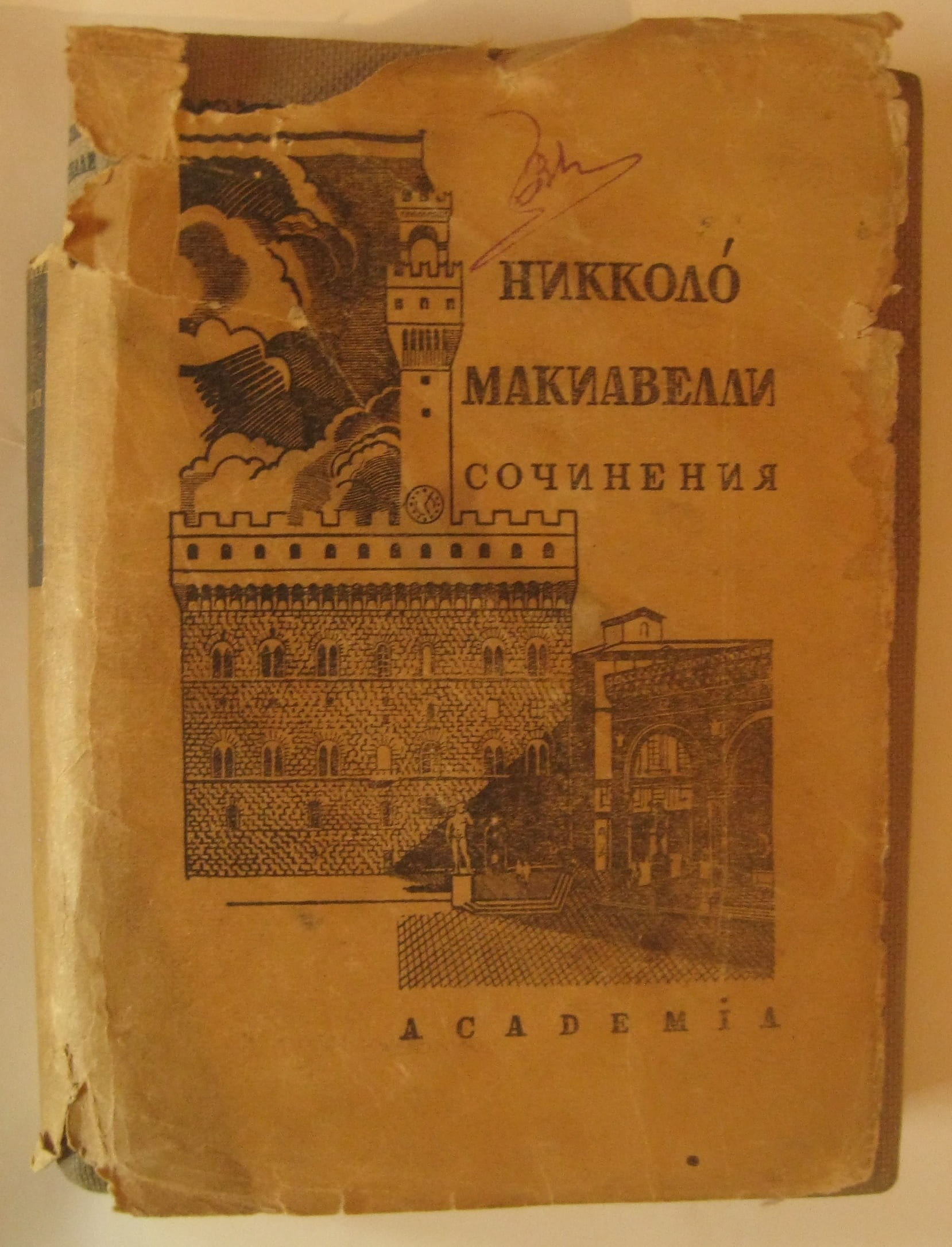Category What We’re Reading
This month: on Black Power, social justice, children’s literature, histories of fascism, and the making of Camus’ L’Étranger.
This month: on racial capitalism, the gendered language of spaceflight, theological inspiration, and the untold stories of editorial negotiation.
This month: on the use of historical analogy, the quantification of pandemics, and the origin of eels.
This month: on totalitarianism, pseudoscience, the making of the English working class, and the sex life of elephants.
Classic books and recent essays that have helped us understand pandemics in the past and present.
This month: on photographic representations of catastrophe, conversations with the Almighty, and the intellectual as worker.
See what our editors have been reading this season Jon The Implicated Subject: Beyond Victims and Perpetrators by Michael Rothberg (Stanford, 2019). Michael Rothberg’s latest book is a staggering work of genuinely intersectional theory and global memory studies. He begins… Continue Reading →
We’re taking a brief hiatus from our usual publishing schedule during this last week of 2019, but we’ll be back with the New Year. Until then, here are some of our most popular posts from the past year. Happy Holidays,… Continue Reading →
This month, we asked our editorial team to reflect on books they wished they had read earlier in their academic careers. Luna Sarti: I read Rachel Carson’s The Sea Around Us quite late in my education, when I had already… Continue Reading →
We asked faculty to reflect on an important work of intellectual history that they find neglected in university classrooms and graduate seminars today, and which we might revisit. We’re grateful to Professors William J. Connell, Joyce Chaplin, Samuel Moyn, and… Continue Reading →
